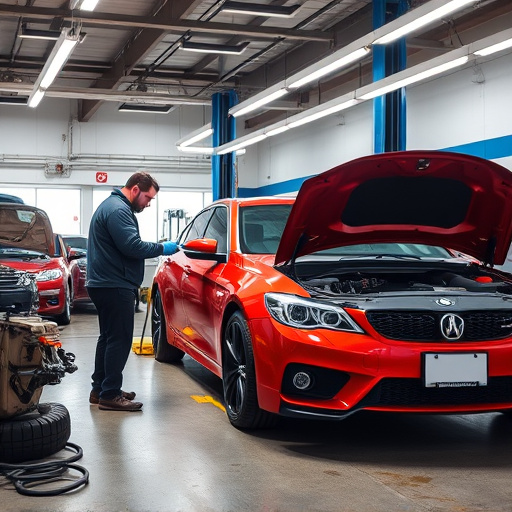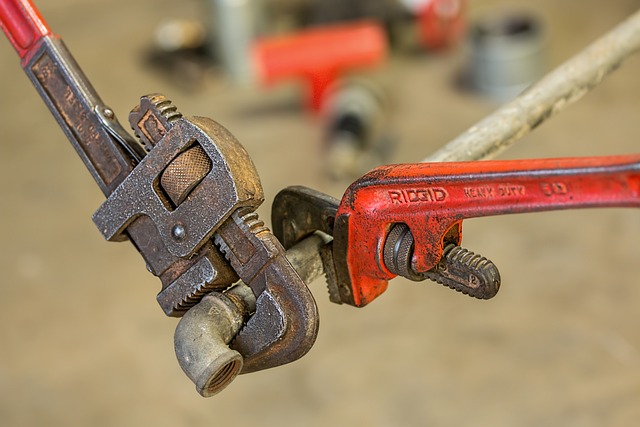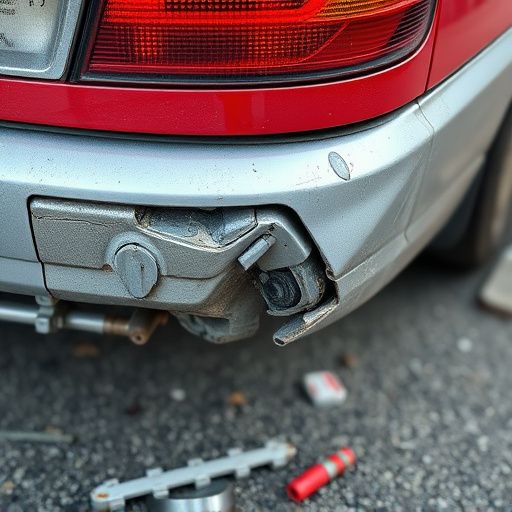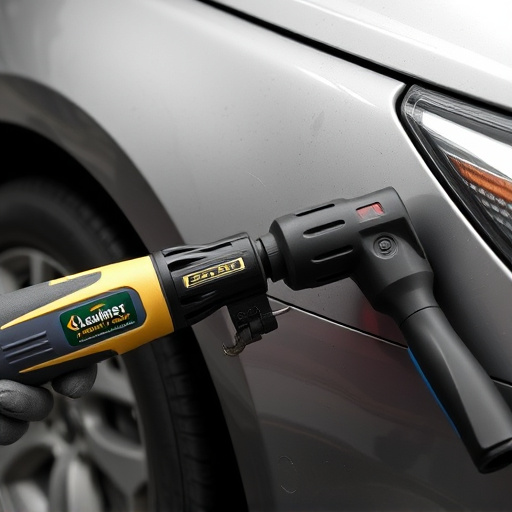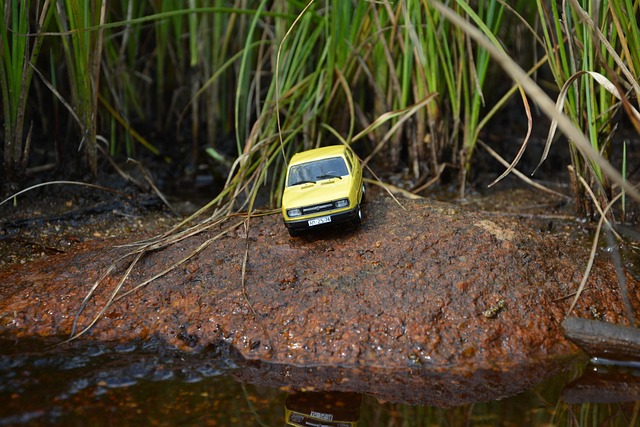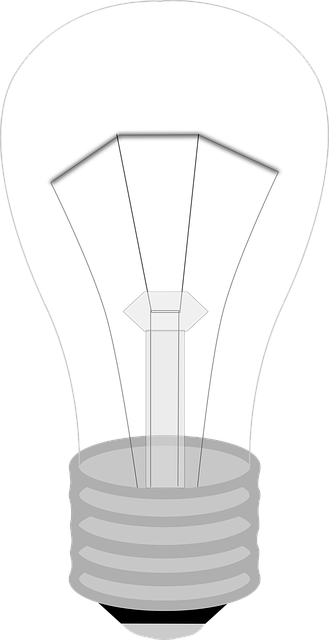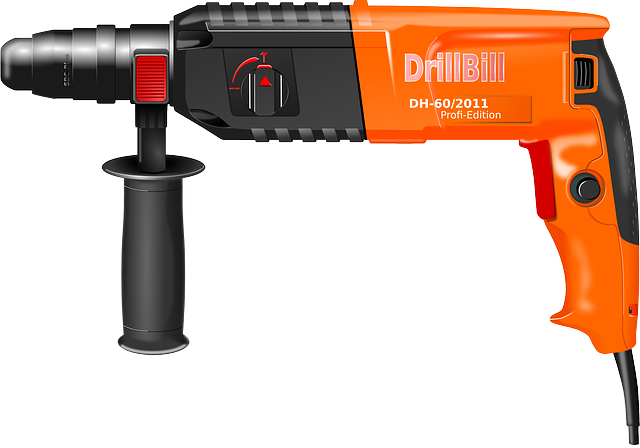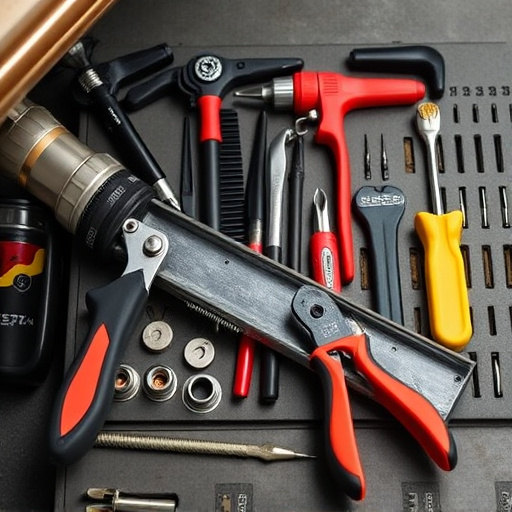Technicians in auto repair and collision services require structured cleaning and maintenance protocols for safety equipment like cutting blades, vacuum systems, and protective gear. Regular inspections using detailed checklists ensure no detail is missed, prolonging equipment lifespan and enhancing service quality. Properly fitted technician safety equipment, from gloves to eyewear, reduces injury risk, improves focus, and boosts workplace safety by encouraging consistent use throughout the workday.
Maintaining optimal technician safety equipment is paramount for safeguarding lives and ensuring operational efficiency. This article delves into best practices designed to keep your team protected. We explore three key areas: regular cleaning and maintenance protocols, comprehensive inspection checklists, and ensuring proper fit and comfort. By implementing these strategies, you’ll minimize risks, enhance productivity, and uphold the highest standards of safety for your technicians.
- Regular Cleaning and Maintenance Protocols
- Comprehensive Inspection Checklists
- Ensuring Proper Fit and Comfort
Regular Cleaning and Maintenance Protocols
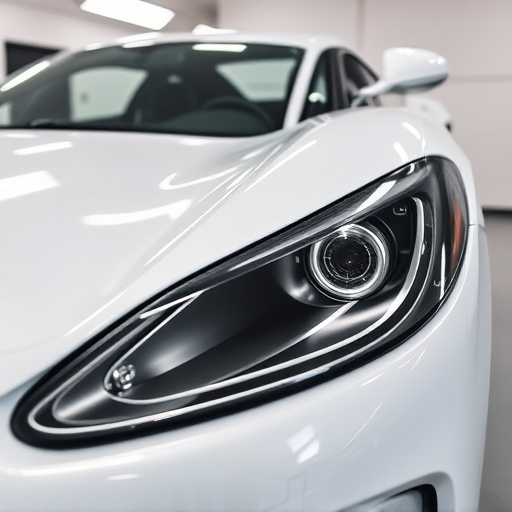
Regular cleaning and maintenance protocols are essential practices for any technician working with safety equipment, especially in fields like auto glass repair, collision damage repair, and collision repair services. These protocols ensure that every tool and piece of gear is in optimal condition, maximizing safety and efficiency. A structured schedule should be established to accommodate routine inspections and deep cleans, focusing on critical components like cutting blades, vacuum systems, and protective gear.
Proper cleaning involves removing any debris or contaminants that may have built up over time, as well as applying suitable solutions to prevent corrosion or degradation. For instance, using specialized cleaners for safety goggles can help maintain their clarity and protect against chemical splashes, while a regular wipe-down of gloves ensures they remain dexterous and comfortable during operations like auto glass repair. This meticulous attention to detail not only prolongs the life of the equipment but also enhances the overall safety of technicians on the job.
Comprehensive Inspection Checklists
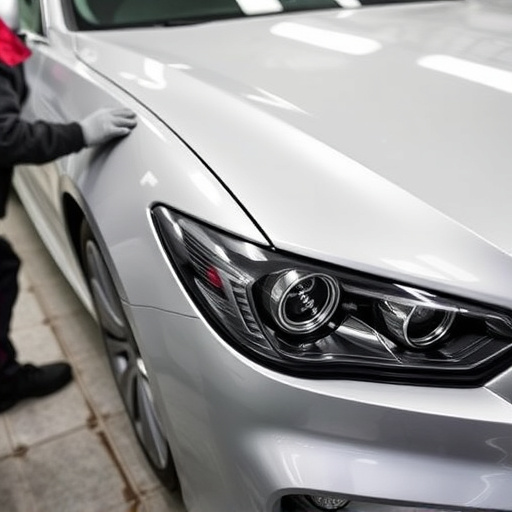
Regularly updating and utilizing comprehensive inspection checklists is a best practice for technicians responsible for maintaining safety equipment. These checklists should cover every aspect of the technician safety equipment, from protective gear like gloves and eye wear to specialized tools used in automotive collision repair or vehicle dent repair. A thorough checklist ensures no detail is missed during routine maintenance, thereby enhancing the safety and efficiency of body shop services.
By systematically going through each item on the checklist, technicians can identify potential issues or wear and tear that might compromise the functionality of their equipment. This proactive approach enables them to address problems early on, whether it’s a loose connection in the machinery used for body work or damage to a set of precision tools. Such meticulous care not only prolongs the lifespan of the safety equipment but also contributes to the overall quality and accuracy of body shop services offered.
Ensuring Proper Fit and Comfort
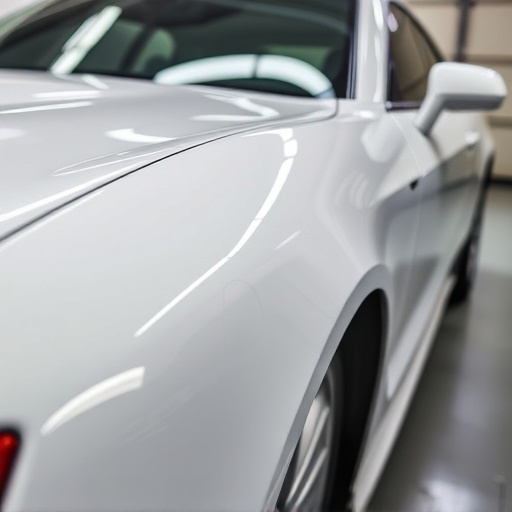
When it comes to technician safety equipment, ensuring proper fit and comfort is paramount. Each piece of gear, from gloves to protective eyewear, should be tailored to the individual user’s needs. This means regularly measuring and adjusting equipment to guarantee a snug yet non-restricting fit. Proper fitting equipment not only enhances safety by minimizing the risk of injury during tasks like auto repair near me or dent repair, but it also increases the wearer’s comfort and focus, enabling them to work more efficiently in any setting, be it a car body shop or an on-site service call.
Comfort is a critical factor that often gets overlooked when focusing on safety. However, equipment that fits well and feels comfortable will encourage technicians to wear their protective gear consistently throughout the workday. This consistent use is what ultimately reduces the risk of workplace injuries associated with auto repair, dent repair, or other specialized tasks. By prioritizing both fit and comfort, technicians can perform at their best while keeping themselves safe in any environment, from a bustling garage to a tranquil outdoor site.
Maintaining and inspecting technician safety equipment is paramount for ensuring the well-being of professionals in diverse industries. By implementing regular cleaning protocols, utilizing comprehensive inspection checklists, and prioritizing proper fit and comfort, technicians can operate with enhanced confidence and reduced risks. These best practices not only extend the lifespan of safety gear but also contribute to a culture of safety within organizations, ultimately fostering a safer work environment for all.
